This Nectarine Plum Pie has a jammy, fruit-forward filling and a brown sugar crumble topping that brings out the best of both fruits in every bite.

Want to save this recipe?
Enter your email & I'll send it to your inbox. Plus, get weekly updates from me!
As the calendar turned from August to September, I found myself inundated with nectarines and plums from the local farm co-op I belong to. Which, to be clear, was not a problem. The nectarines were unreal, easily the best I’ve ever had. That’s how I ended up with so many. Every week they were available, I ordered two or three bags without hesitation. But after my family had eaten all we could, the fruit drawer was still full, and with equal portions of plums hanging around. So what's a recipe developer to do but come up with a recipe based on what’s in the fridge?
I’ll admit I wasn’t immediately sold on the pairing of nectarines and plums. It didn’t feel all that special at first. But I took a cue from my Spiced Blackberry Pie, added some warm spices, swapped the double crust for a buttery crumble, and ended up with a pie that completely surprised me in the best way.
There’s something magical about the way the nectarines and plums bake together. The nectarines bring a soft, fragrant sweetness, while the plums add a tart edge and deep color. Together, they create a juicy, well-balanced filling that feels meant to be. A touch of allspice adds subtle warmth that plays off the brown sugar in the topping and highlights the fruit's complexity. It has the ease and rustic charm of a crumble, combined with the structure of a flaky crust, making it a touch more composed and just a bit more special.

To Peel or Not to Peel
Ultimately, whether you peel your stone fruit is a matter of personal preference; however, this recipe does not require it. The skin of a both the nectarine and plum contains nutritional value, including fiber, vitamins, and minerals, and it's typically pretty soft and not noticeable, especially when cut up and baked down as this recipe requires. If you do want to peel the stone fruit, and this is new to you, I wrote a guide to peeling peaches that will work the same way necessary for any stone fruit. You can check that out for full step-by-step instructions.
Working with Quick-Cooking Tapioca
The best thickener for this pie is quick-cooking tapioca. Nectarines and plums release a lot of juice, and I've found that tapioca thickens the filling to the right consistency without cloudiness or a gummy texture, which helps maintain the fruit's flavor.
Tips for Working with Quick Cooking Tapioca
- Do not use tapioca pearls in place of quick-cooking tapioca. If you need to substitute, use 3 tablespoons of tapioca starch or 4 tablespoons of cornstarch, keeping in mind it will slightly affect the clarity and flavor of the filling.
- Make sure to let the tapioca granules sit in the macerated fruit juice to hydrate. Stir the filling a few times while it sits to ensure all the granules are evenly hydrated.
- Like most thickeners, quick-cooking tapioca doesn’t fully set until the pie has completely cooled. If you slice it too soon, the filling will be runny. For the cleanest, prettiest slice, let it cool completely. If you prefer to serve it warm, it can always be gently reheated.
How to Make It
The combination of sweet nectarines and tart, deeply flavored plums doesn’t need much to shine. A bit of orange zest and juice brightens the filling, while a touch of allspice adds gentle warmth and highlights the depth of both fruits. Leaving the skin on the plums adds a subtle tannic note that helps balance the sweetness and rounds out the flavor.
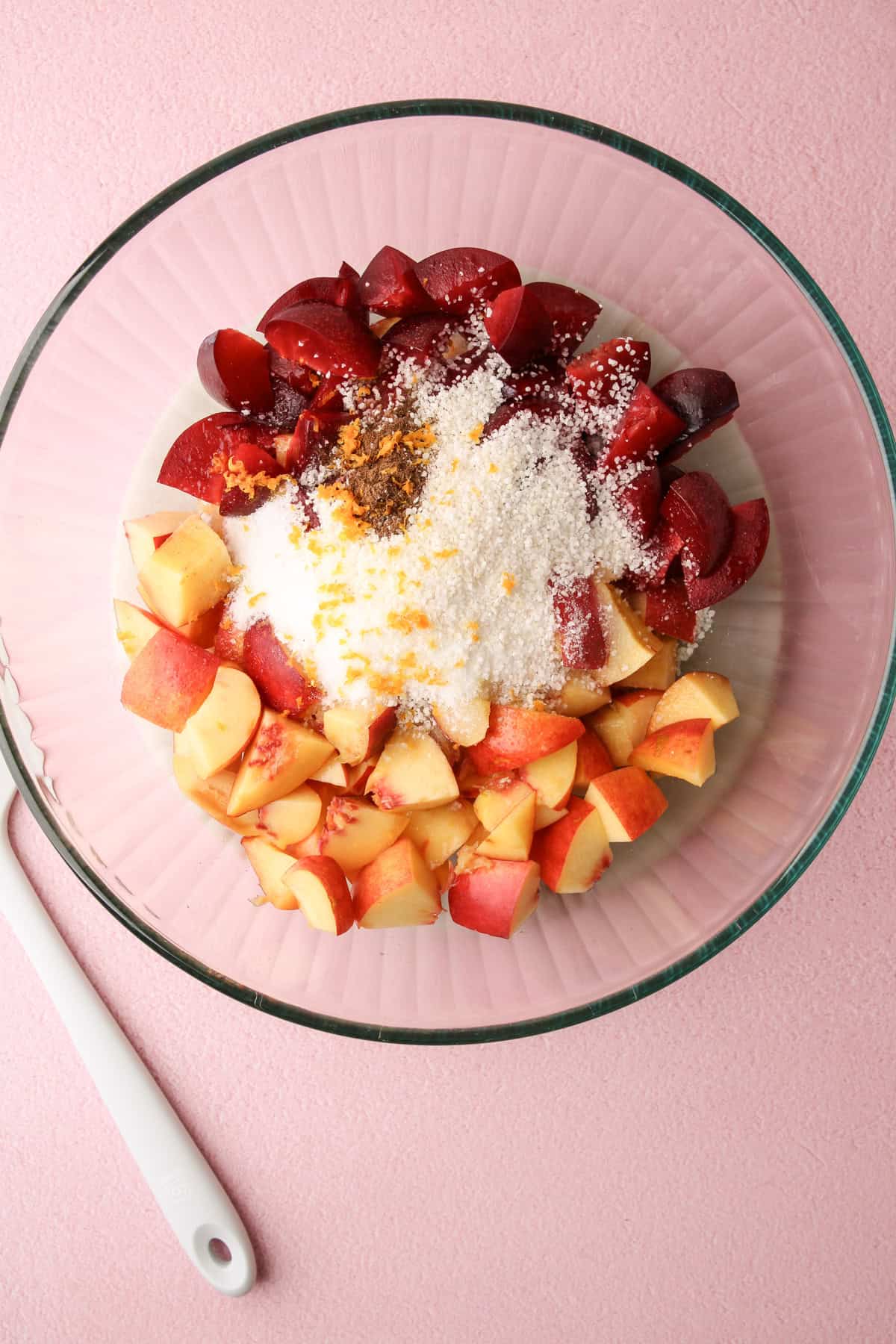
Step 1: Combine the nectarines, plums, sugar, quick-cooking tapioca, orange juice and zest, allspice, and salt in a large bowl.

Step 2: Let the mixture sit until the sugar has dissolved and the tapioca is hydrated (it will start to look more transparent).
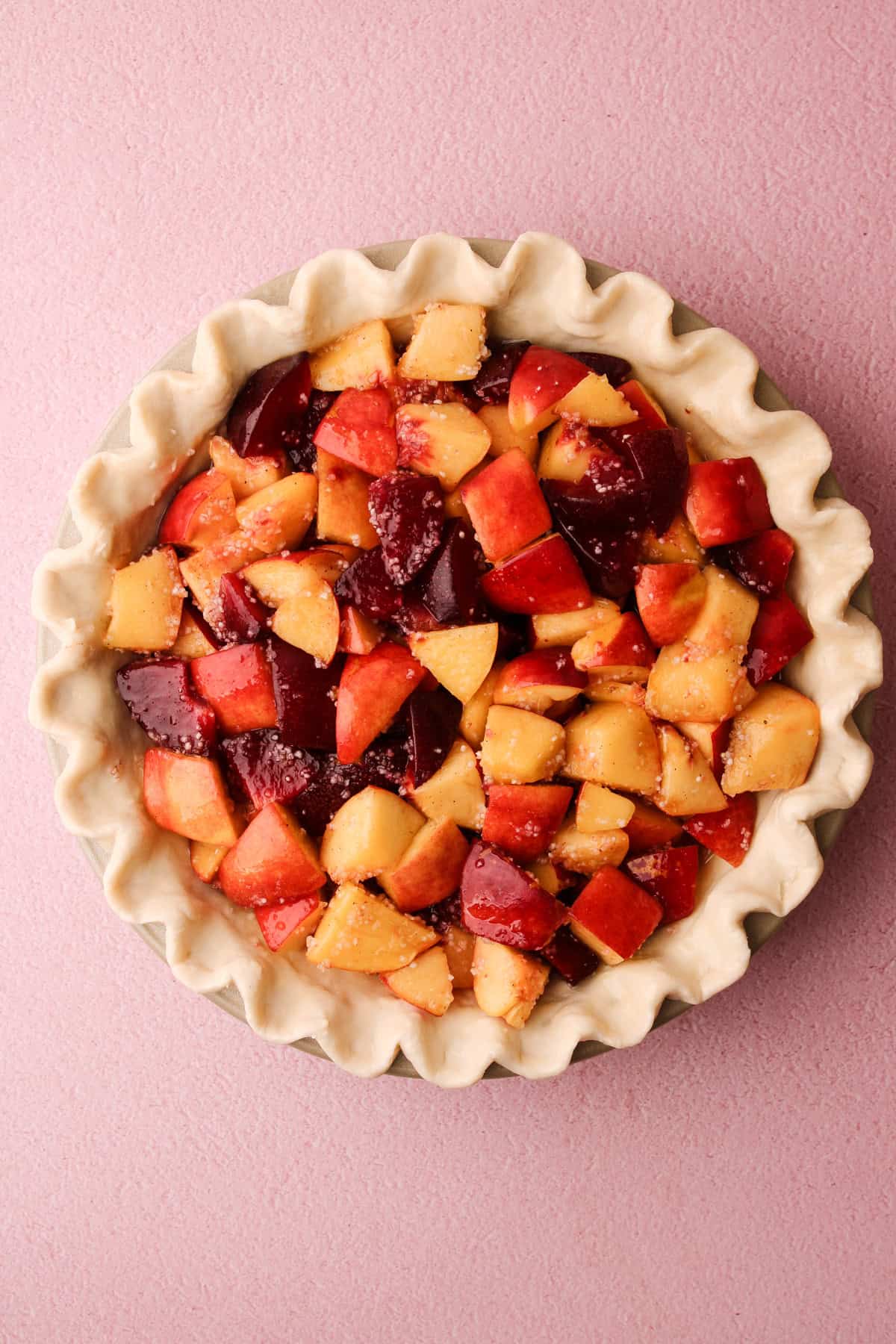
Step 3: Add the fruit filling and all the juices to the prepared pastry-lined pie dish.
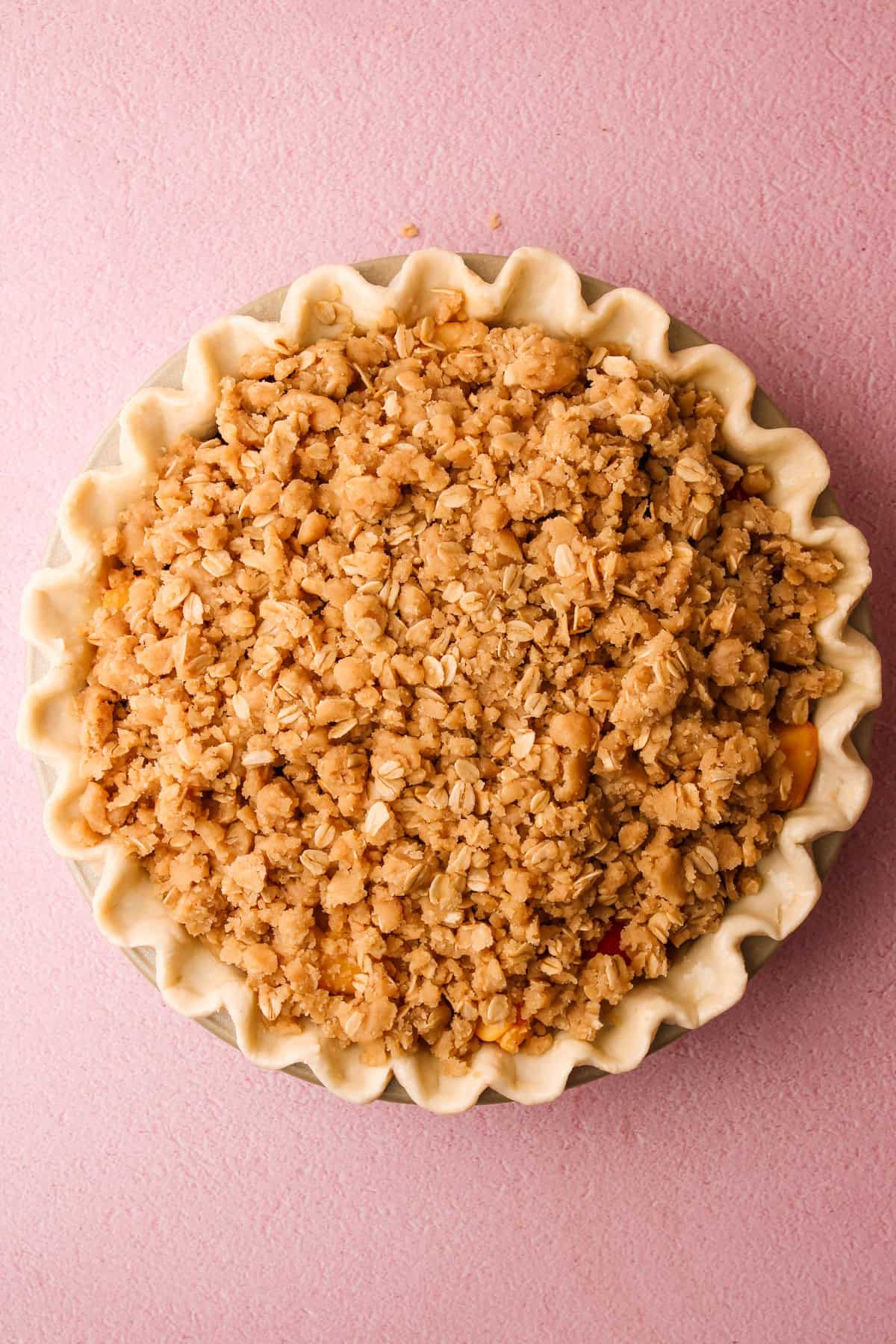
Step 4: Make the melted butter brown sugar crumble topping and sprinkle in an even layer over the fruit.
How to Tell When It's Done
Because the recipe calls for a thickening agent, it's especially important to get the baking part of the pie right. Cooking the pie long enough is important to reach a high enough temperature to activate the thickening agent.
There are two main ways to tell when it is done. The first is by sight. Visually look for the crumble topping to have a matte appearance and an even light golden color. The filling will also be a bit puffy.
But the most fool-proof way to ensure your pie is baked properly is to use an instant-read thermometer. I always use one to check the temperature of every pie that I bake. For a fruit pie like this, you want the internal temperature to be above 200ºF.
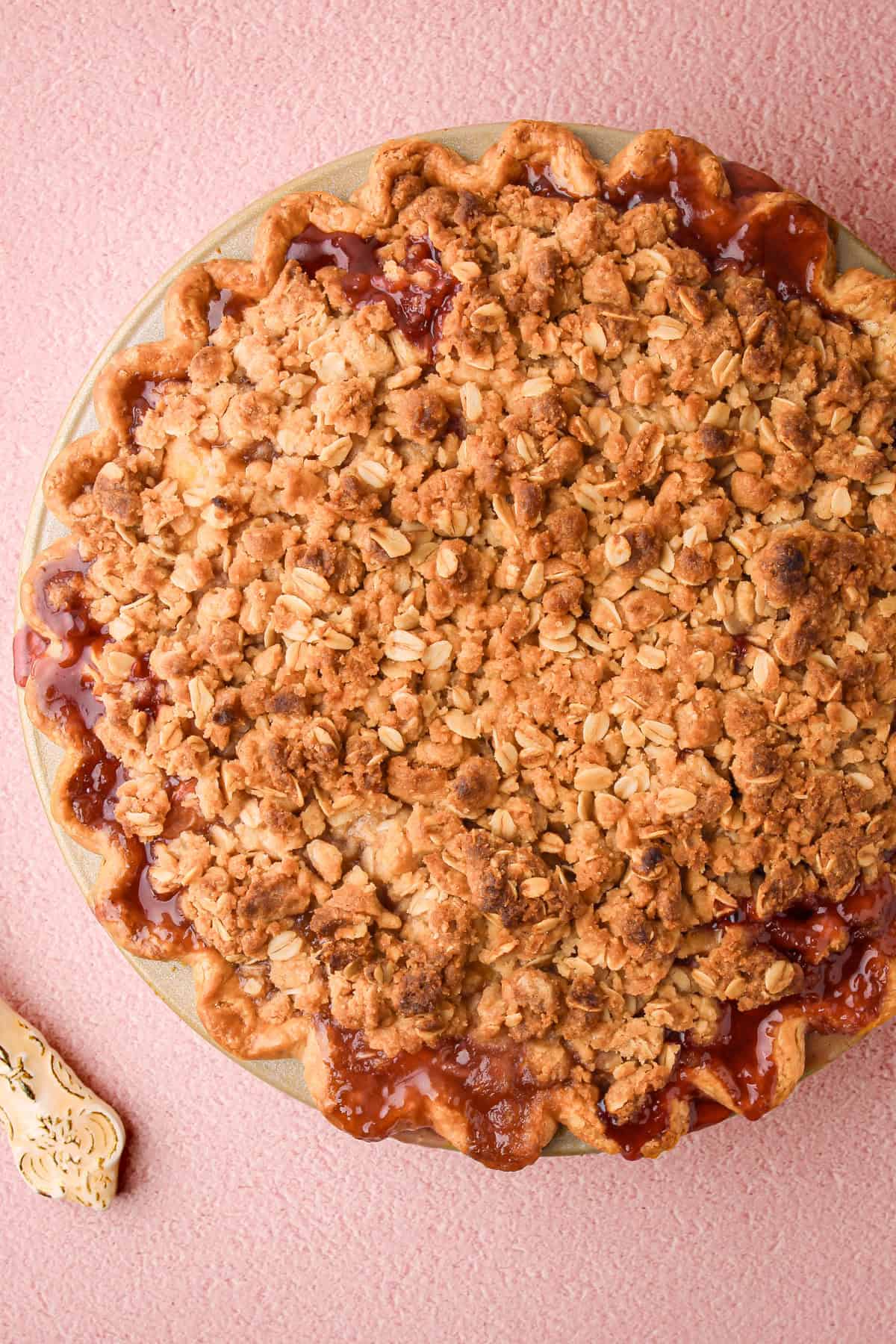
Serving + Storing
The pie needs to cool for a minimum of 2 hours. If you serve it while it is hot, it will be soupy and won't maintain a nice, clean slice. (You won't catch me saying not to do this, as it's truly delicious, but be aware that it will be messy.) It's best to serve the baked pie just slightly warm or at room temperature. It can be served as is or with ice cream (got some recommendations of homemade ice cream recipes too!)
More Fruit Recipes
I am so honored when you make a recipe from my site! If you make this Nectarine Plum Pie recipe, please leave a star ⭐️⭐️⭐️⭐️⭐️ rating with your experience! If you have any questions about this recipe outside of what is covered in the article, please comment below and I'll respond as soon as I'm able.
Full Recipe
Nectarine Plum Pie draft
This Nectarine Plum Pie has a jammy, fruit-forward filling and a brown sugar crumble topping that brings out the best of both fruits in every bite.
- Prep Time: 00:25
- Cook Time: 00:55
- Total Time: 1 hour 20 minutes
- Yield: Serves 8-10
- Category: Fruit Pie
Ingredients
Pastry and Filling:
- 1 batch Flaky Pie Crust (see notes for alternatives)
- 2 pounds (5 to 7) ripe nectarines, halved, pitted, and diced into bite-sized pieces
- ¾ pound (about 4 medium) plums, halved, pitted, and diced into bite-sized pieces
- ¾ cup (150 grams) granulated sugar
- 3 tablespoons quick-cooking tapioca (or ¼ cup cornstarch)
- ½ teaspoon orange zest plus 1 tablespoon fresh orange juice
- ½ teaspoon ground allspice
- Pinch coarse kosher salt
Crumble Topping:
- 8 tablespoons (128 grams) unsalted butter, melted
- ¼ cup (50 grams) granulated sugar
- ⅓ cup (70 grams) light brown sugar
- ¼ teaspoon ground cinnamon
- ¼ teaspoon coarse kosher salt (see note)
- 1¼ cups (150 grams) all-purpose flour
- ½ cup (40 grams) old-fashioned oats
Instructions
Prepare the pastry and filling:
- Prepare the pie pastry and let it rest overnight, if possible.
- Preheat the oven to 400ºF and set an oven rack in the lower third.
- Roll out 1 prepared pastry disk to an 11-inch circle. Fit the pastry into a 9-inch pie plate, making sure to press the pastry into the sides and the bottom. Place in the refrigerator until ready to use.
- In a large bowl, combine the nectarines, plums, sugar, quick-cooking tapioca, orange juice and zest, allspice, and salt. Carefully toss to coat. Let the fruit macerate and the tapioca soften for 10 minutes.
Make the crumble topping:
- In a medium bowl, whisk together the melted butter, granulated sugar, brown sugar, cinnamon, and salt. Stir in the flour and oats until just combined.
- Place the filling and all the juices inside of the pie plate fitted with pastry. Arrange the fruit in the pie crust, eliminating any gaps, and lightly press down on the mixture to compact it.
- Sprinkle the crumb topping evenly over the fruit.
- Bake the pie on a rimmed baking sheet on the lowest rack for 25 minutes.
- Loosely cover the pie with foil to prevent the crumble from getting too dark.
- Bake until the juices are bubbling and the temperature of the middle of the pie reaches above 200ºF, about 35 to 40 more minutes.
- Let the pie cool at room temperature for a minimum of 2 hours to let the juices set up.
- Serve at room temperature.
Notes
The skins can be removed from the nectarines if desired following this tutorial on peaches. But the skins adds flavor and color to the pie, so I recommend keeping them on. The same for the plums.
My top two choices for pie crusts for this recipe would be a Flaky Pie Crust or a Classic Butter Pie Crust. Here are some other options that would work well too:
Do not use tapioca pearls in place of quick-cooking tapioca. If needed, substitute with 3 tablespoons tapioca starch or 4 tablespoons cornstarch, noting this will slightly change the filling’s clarity and flavor. Let the tapioca sit in the macerated fruit to fully hydrate,
Some of the links on this page may be affiliate links. Everyday Pie is a participant in the Amazon Associates Program. As an Amazon Associate I earn from qualifying purchases, at no extra cost to you.



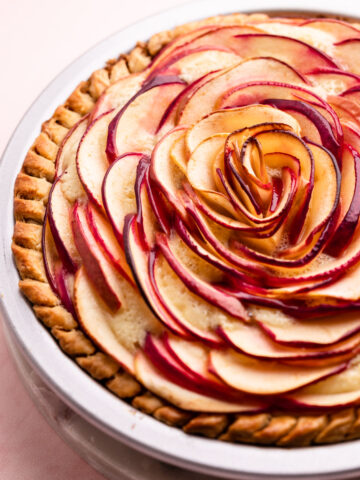
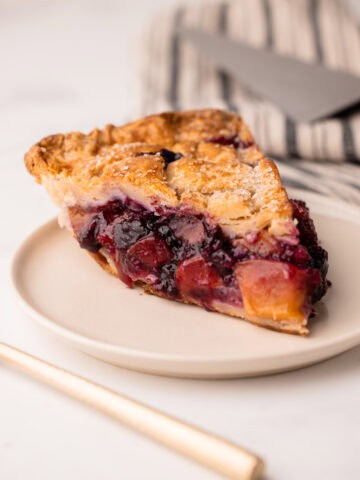
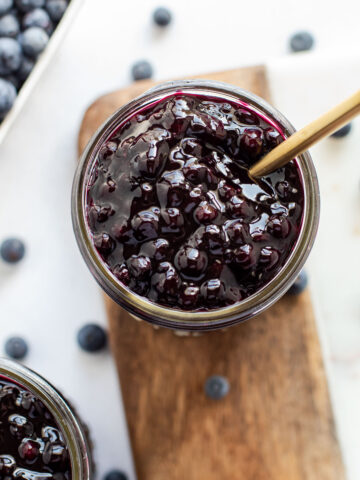
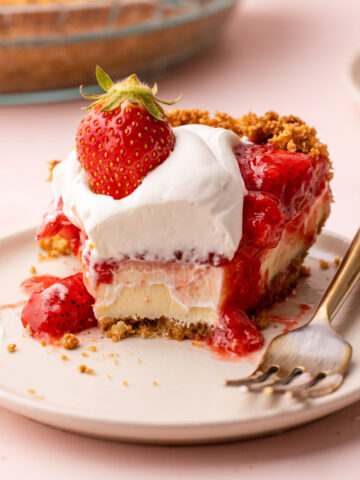

Leave a Reply